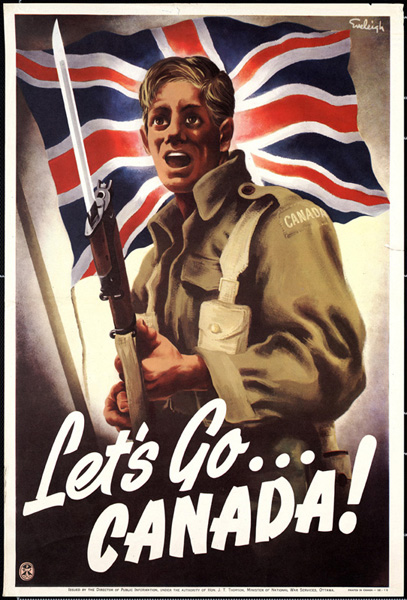In 1987, the leaders of France and West Germany met at a summit in the German city of Karlsruhe and pledged the creation of a joint-command combat brigade between the two nations. This pledge came into fruition two years later and soon became operational. With a size of about 5,000 soldiers, the Franco-German Brigade was considered a remarkable experiment in terms of multi-national military command. While the world, and in particular the West, is no stranger conducting wars under the umbrella of large coalitions, this type of integration on such a small scale involving permanent peacetime control, was indeed innovative. As James Jay Carafano, a fellow at the Heritage Foundation, explains: “In the legal sense, ‘control’ is just the authority to direct forces to do a mission, [which is common]… ‘Command’ includes authority for military punishment, responsibility for logistics and so on. Nations hardly ever give command of their forces to other nations.” The peculiarity of such an intertwined command has raised unique problems.
Considering these two countries share different languages, cultures, and histories, which include several wars against each other, it should be unsurprising problems arose in this project. However, since World War II, closer integration between the two nations was brought on by their shared participation in the Cold War, NATO, and the European Union. Beyond simply the symbolic nature of a joint military unit, the Brigade served the national interests of both nations at the time, as well as foresaw the rise in multilateralism that occurred following the Cold War. While the actual combat elements of the Brigade are wholly German or French, the supply/logistical battalion as well as the command staff are entirely bi-national. Although, one might think there would be major problems in this integration, according to of one its early commanders, Brigadier General Hans Otto Budde, most contentious problems faced were caused by minor disagreements, including the design of emblems and badges, marching styles, and the type of food served.
Despite these initial differences, the Franco-German Brigade was able to sufficiently function as an operational unit. Quickly, the Brigade proved that it was not just a political stunt condemned to the parade ground, as it has deployed in Bosnia, Kosovo, Afghanistan, and most recently Mali. Presently, the Brigade represents a crowning achievement in terms of military cooperation between two nations. This is a significant accolade for these two nations as inoperability among NATO allies is becoming an increasingly high priority. At its 2012 biennial summit in Chicago, one of the issues NATO tackled was the shrinking of European defence budgets in response to the Great Recession. Their answer was the concept of Smart Defence. The main goal of Smart Defence is to get NATO members to act in a “cooperative way of generating modern defence capabilities that the Alliance needs, in a more cost-efficient, effective, and coherent manner.” In essence, NATO wants its members to prioritize interoperability among allies in order for them to be able to do more with less.
Given the high priority within NATO and the relative success of the Franco-German Brigade, why doesn’t Canada move to develop a similar military unit? While Canada has long-past failed meet the NATO’s stated goal for its members of spending two percent of GDP on defence, it can move to fulfill other NATO objectives such as Smart Defence.
The idea of a bi-national brigade is one that is ripe for replication. It would serve to further integrate the Canadian Forces with a close ally while creating a capable, deployable, and cost-effective unit. A natural partner for this project would be the United Kingdom. Although Canada and the United Kingdom do not enjoy the geographic proximity of France and Germany, their shared language, history, and culture would make this a natural fit. Indeed, both country’s militaries swear allegiance to the same monarch. If countries as different as France and Germany can make it work, so too could Canada and the UK.
Although another potential partner in this project could be the United States — a bi-national brigade would be akin to an army version of NORAD — this would be difficult for two reasons: First, there is a concerted element of anti-Americanism in Canadian politics, particularly when it comes to its military and use of force. Second, the gigantic gap in size between the two militaries would provide little benefit to the Americans to engage in such a partnership.
On top of simply being plausible, the idea of a bi-national brigade makes sense for Canada’s foreign policy. It is likely that the Canadian Army would deploy among a coalition of allies, and with a “small footprint” mentality of soldiers, so restructuring to reflect this reality is rational. This latter point is why the U.S. Army has restructured its force from large divisions to smaller Brigade Combat Teams that can deploy on their own. Initially, such an undertaking would not be cheap or easy. Moreover, it would require a substantial commitment from Canada, especially if they wish to convince the UK, whose military is much larger than ours, that a partnership would be worth their while. Although significant investment in the Canadian Forces remains unlikely, a proposal for a bi-national brigade with the UK would serve to reaffirm Canada’s commitment to NATO, shore up ties with one of Canada’s closest allies, and better prepare the Canadian Forces for future foreign policy demands.

